Apple CarPlay vs Android Auto: which in-car app system is best?
Google takes on Apple in an in-car infotainment and navigation race to be King of the Road

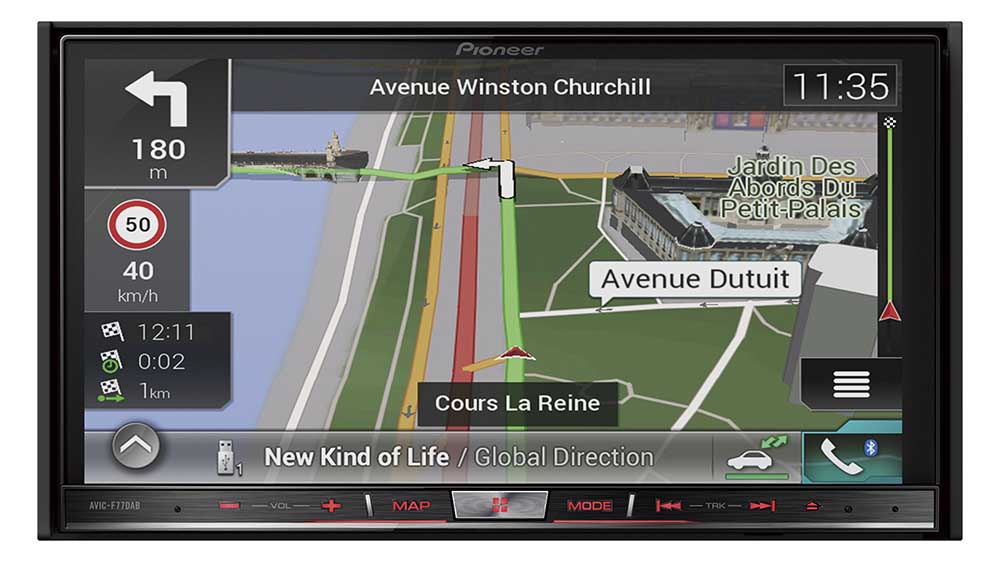
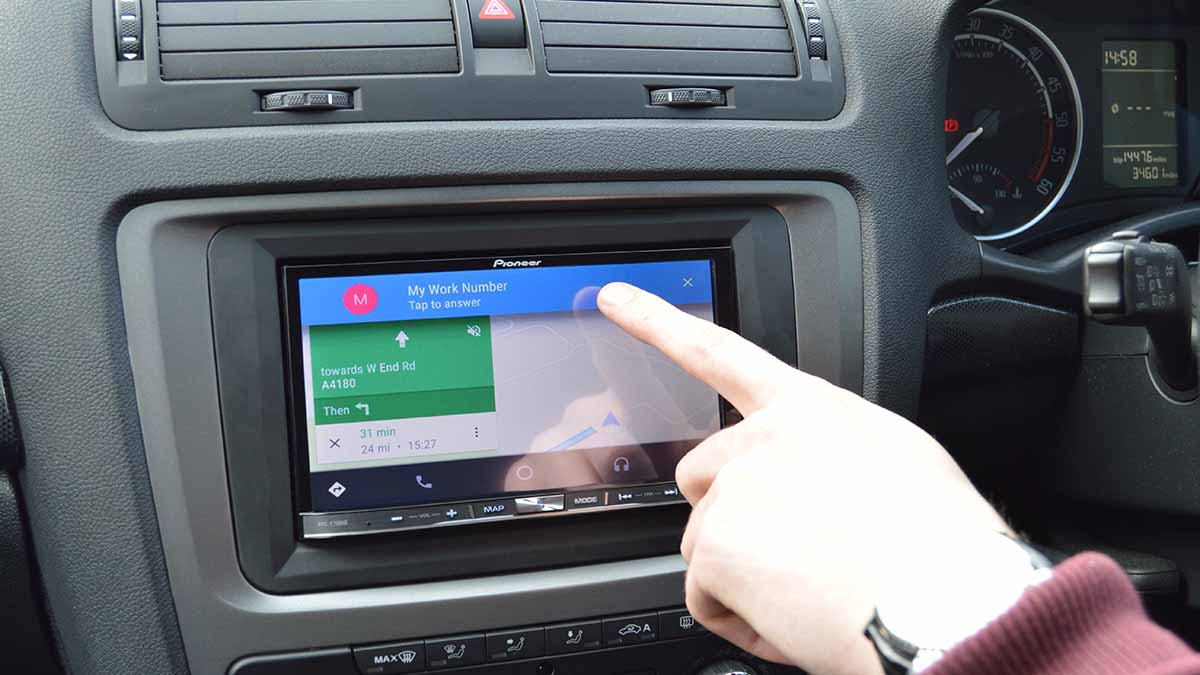
Hands on: Apple CarPlay vs Android Auto
Surprisingly, the first place you can test out both Apple's long awaited CarPlay and Android's similarly hyped Auto in one place is not in the latest luxury German saloon but via an aftermarket head unit you can pick up in Halfords.
Pioneer's snappily titled Avic F70 DAB (£999.99) is the piece of kit in question and its smart touchscreen interface has been used by developers from Apple and Google to fine tune a number of apps for the next generation of in-car entertainment. It is this close link with the development teams that has allowed Pioneer to gain the upper hand on a number of automotive players.
"I have worked closely with a number of manufacturers and I can assure you the sign off stage is long and laborious," explains Mike Haseler, product and technical executive at Pioneer. "Pioneer has been working closely with Google and Apple for a number of years now and we've been able to act quickly," he adds.
But we're not here to put Pioneer's Avic range through its paces (it works well enough from what we've seen), instead we're going to have a thoroughly good fiddle with CarPlay and Auto back-to-back because, you know, not many people have had the chance yet.
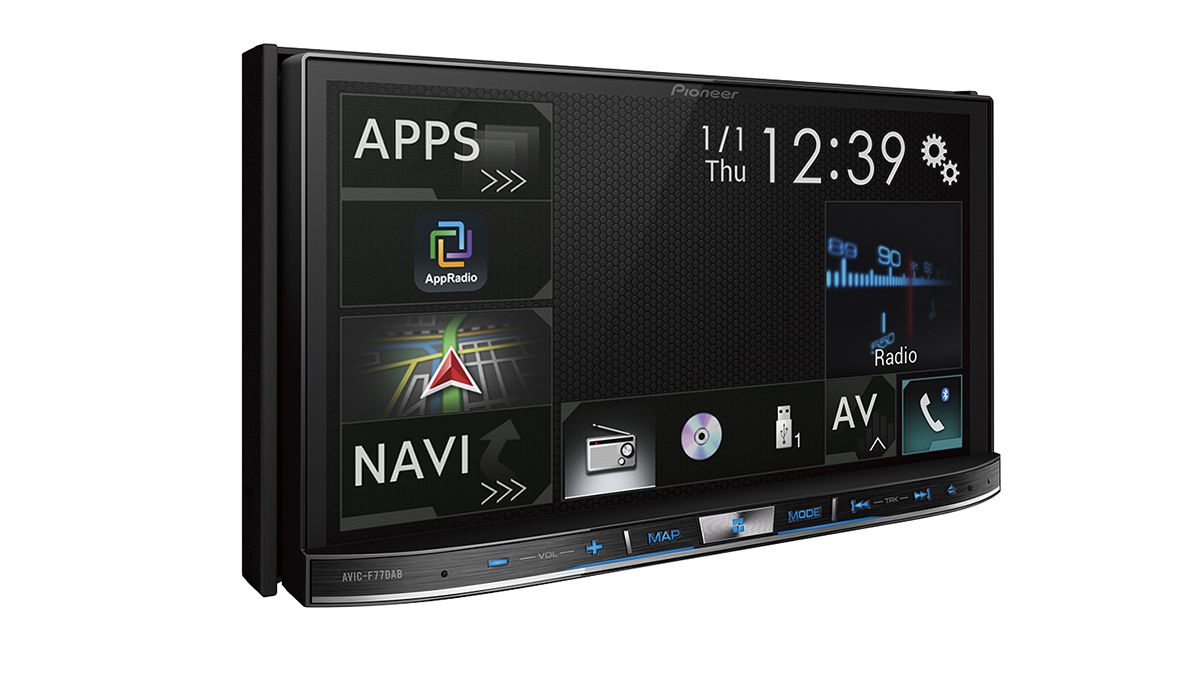
Set-up
Both CarPlay and Auto require the latest versions of their respective operating systems to function properly but once updated, it's as simple as connecting your smartphone to the car's USB port.
Pioneer claims its head unit can be fitted to most cars but they do require a professional hand. The rear of the Avic unit features two USB inputs - meaning it can run both CarPlay and Auto - so all the user has to do is flick between the two via the head unit's menu screen. It's a piece of cake.
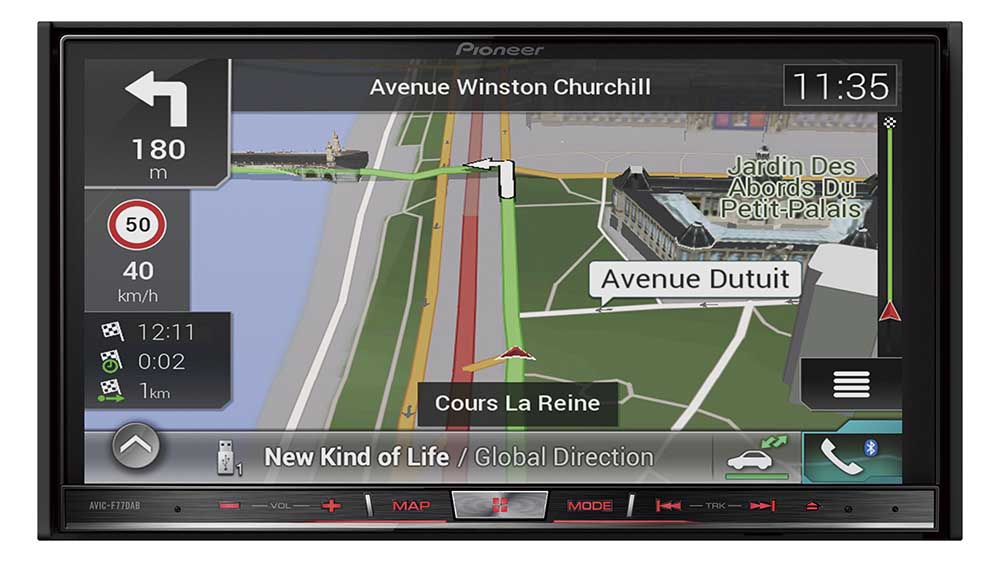
Navigation
This is perhaps where CarPlay falls down as currently, it only runs Apple Maps and even the most staunch Steve Jobs fanboy will admit they are a bit pants. Pinch-to-zoom isn't possible; instead Apple opts for a zoom-in and zoom-out function with arrows to scroll around the map, which is irritating. Users input an address as you would on an iPhone, while Siri can be called upon for voice-controlled input.
Android Auto's use of Google Maps is far more intuitive, as it can pull-in addresses stored in Google accounts, email signatures and recent texts for easier input. Google Voice is also pretty amazing; with its ability to understand conversational phrases making the whole hands-free thing less of a faff.
Simply press the little microphone icon on the head unit and say, "where can I get a coffee?" out loud and Google Maps will do its thing. Siri seems clunky in comparison.
Both systems require mobile phone reception to plot a new route but once loaded, they will continue to provide guidance even when signal is lost. As long as the driver doesn't stray off the original route, that is.
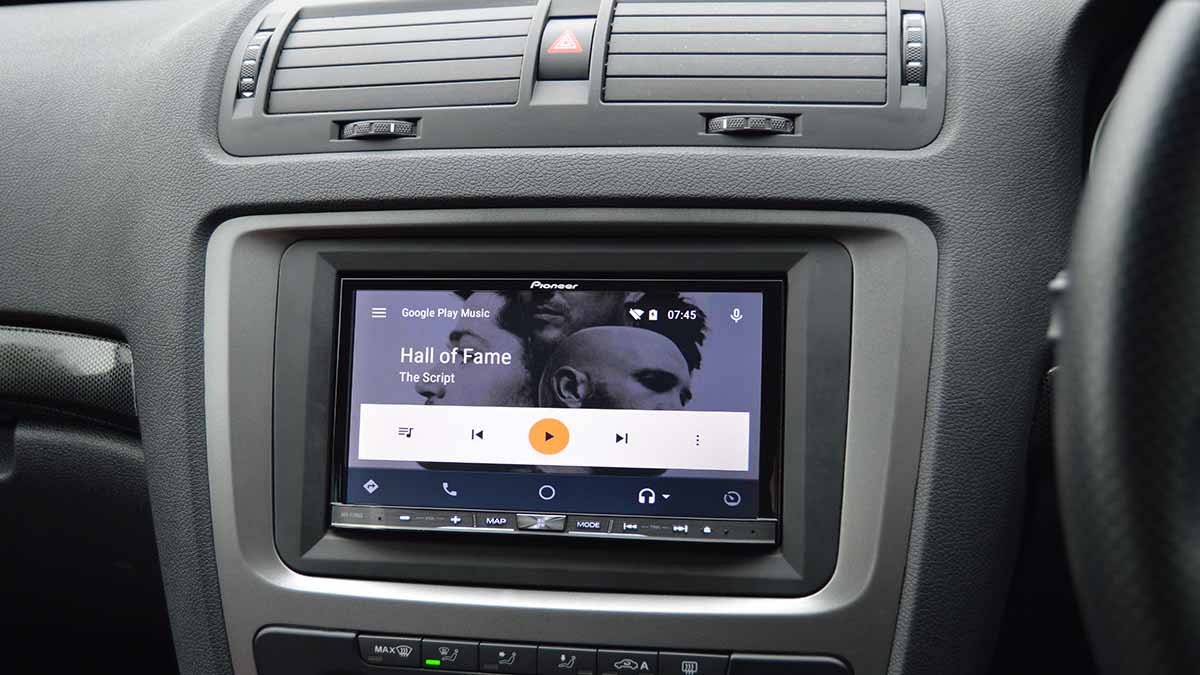
Entertainment
The number of apps currently available for both systems is a little disappointing, with the focus currently on internet radio, audio books and music, but developers from both sides are currently beavering away to add more.
CarPlay will happily allow you to pump iTunes and Spotify through the car's sound system, with Siri offering to help with hands-free track selection and song search, while Android Auto can access Google play lists as well as the aforementioned music streaming service.
Pioneer even offers head units with USB slots for Chrome Cast and Amazon Fire TV, so you can indulge in a spot of Game of Thrones while waiting at the school gates. And before you ask, you can't watch TV while driving.
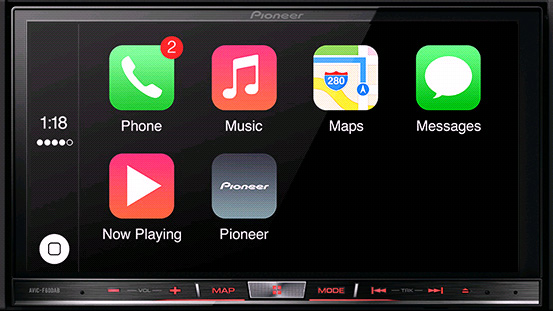
Messaging and calls
The two systems differ slightly in this department, as Android Auto likes you to navigate the system primarily using voice commands and won't offer a physical contacts list, while CarPlay is happy to peel your eyes off the road as you prod around for someone's number via the menu screen.
Google's Now Cards are proudly displayed on Android Auto's home screen and make calling or messaging recent contacts a doddle, plus Google Voice is very efficient at not only reading out incoming text messages but also composing them.
I have to admit that I'm predominantly an iPhone user and have become accustomed to Siri clumsily reading out messages but he/she still managed to completely fluff a message I attempted to compose while driving. Perhaps I need to spend more time with thing or perhaps it's just a bit rubbish.
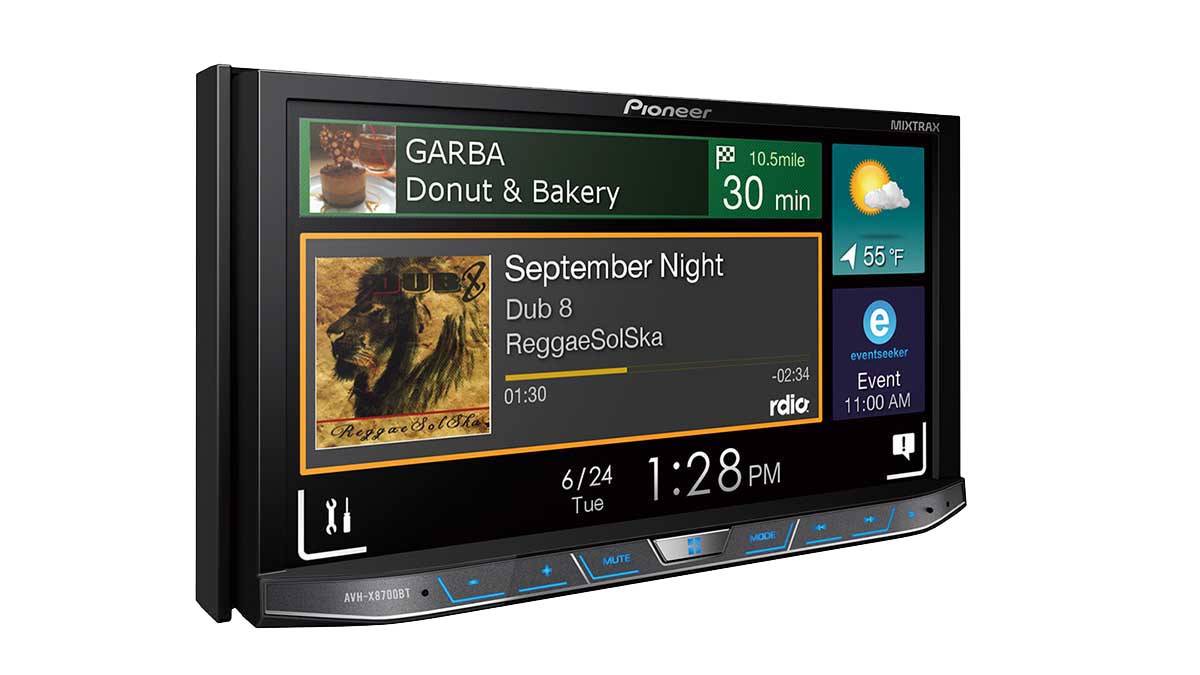
Reliability
Apple CarPlay crashed several times during my two-hour long demonstration and has subsequently crashed numerous times in other, non-Pioneer demos. Mike Haseler believes it has something to do with CarPlay running as an app in the background rather than locking the user out of his or smartphone like Android Auto does.
It's mildly irritating when parked in a lay-by but could be potentially dangerous if a driver decides to reboot the system on the outside lane of a motorway. One severe crash required the ignition to be switched on and off again, which really isn't ideal but hopefully these bugs will be ironed out in time.
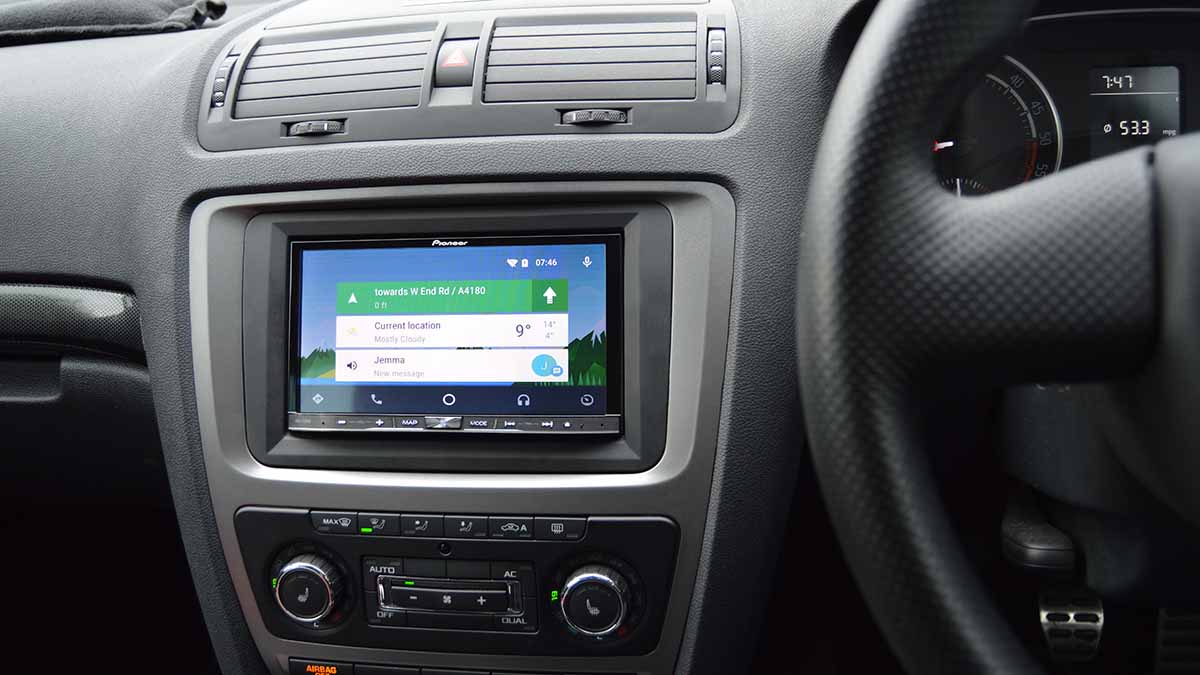
The Verdict
The two systems bring a lot to the in-car entertainment arena, with both providing seamless connectivity and familiar smartphone menu screens that are simple to use on the move.
Android Auto is by far the prettier system, with Apple opting for pure functionality rather than stylistic flourishes. CarPlay replicates a very plain home screen on an iPhone, so users will be instantly familiar with the various app icons system as soon as they climb into the car, but it is nothing special.
Android Auto opts for a typically Google home screen, which not only looks nice, it also ports over any recent information from your smartphone and Google account.
For example, recently dialled numbers will display on a tile, favourite addresses will be shown in the navigation menu and meeting reminders will pop up on screen.
The current lack of apps for both systems is a little disappointing, while CarPlay seems to be the most mischievous in terms of crashing and bugs but these will likely be ironed out with updates.
But overall, Android Auto seems to offer the most for users. It's slick interface is not just easy on the eye, it's also majorly intuitive and a complete doddle to navigate while getting on with the business if driving.
Those used to Apple products will appreciate CarPlay's simple and familiar design but a lack of a home screen makes integration of diaries, reminders and daily tasks tricky. Plus, Google Voice seems to knock Siri for six in terms of conversational phrase recognition.
No wonder Apple glossed over it so quickly at the recent WWDC announce-o-fest.
The Pioneer AVIC-F70DAB retails for £999.99, or afullytouchscreen version is available for £1199.99 and a cheaper, non-navigation unit can be yours for £699.99 For more info, visit:Pioneer
Get all the latest news, reviews, deals and buying guides on gorgeous tech, home and active products from the T3 experts
Leon has been writing about automotive and consumer tech for longer than he cares to divulge. When he’s not testing the latest fitness wearable and action camera, he’s out in a shed fawning over his motorcycles or trying not to kill himself on a mountain bike/surfboard/other extreme thing. He's also a man who knows his tools, and he's provided much of T3's drills coverage over the years, all without injuring himself.
